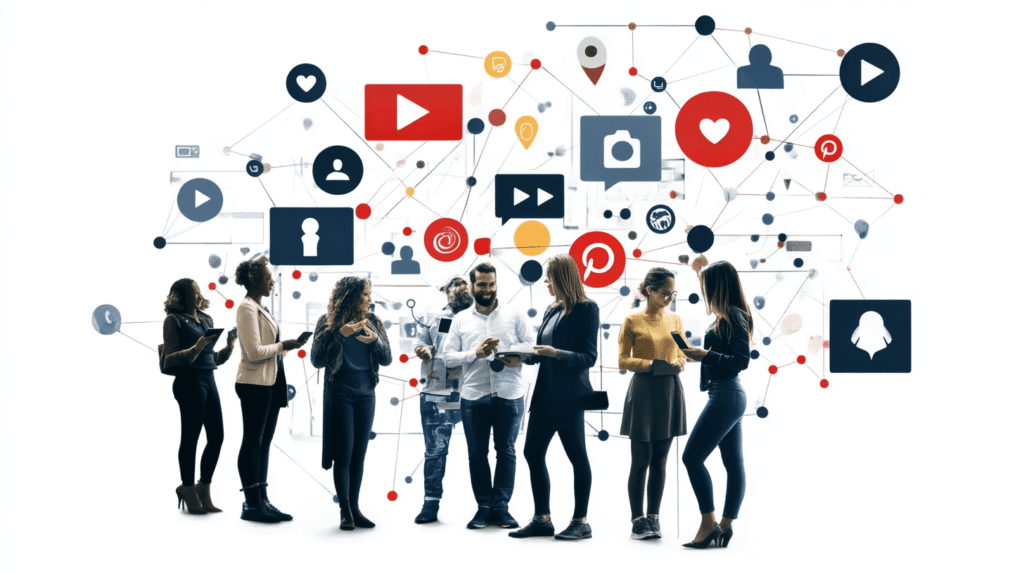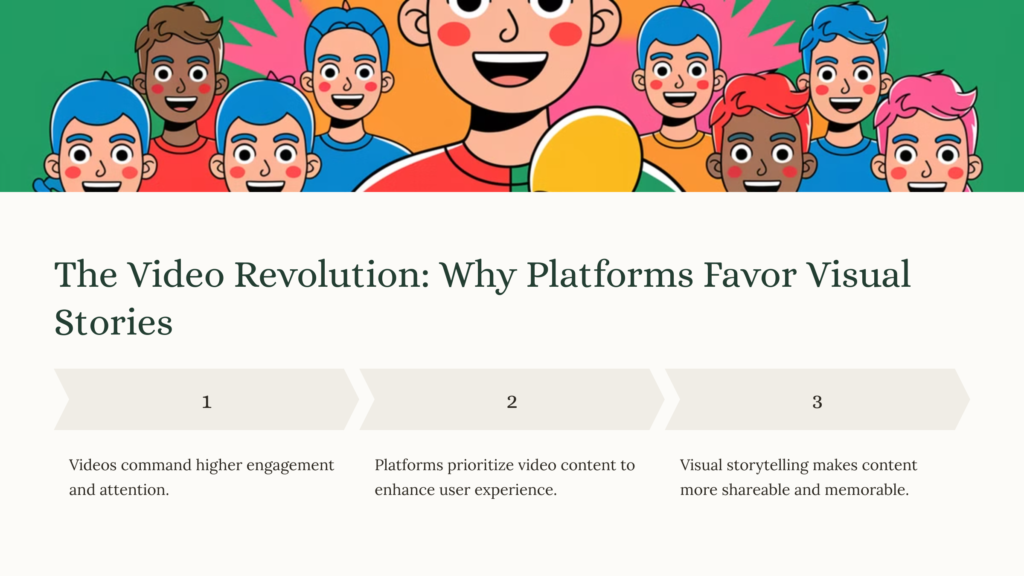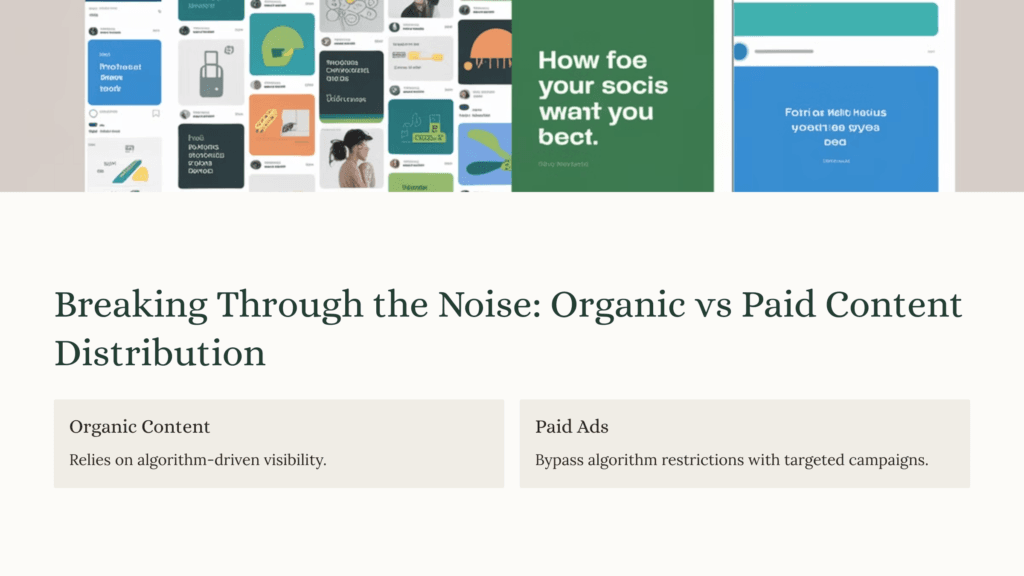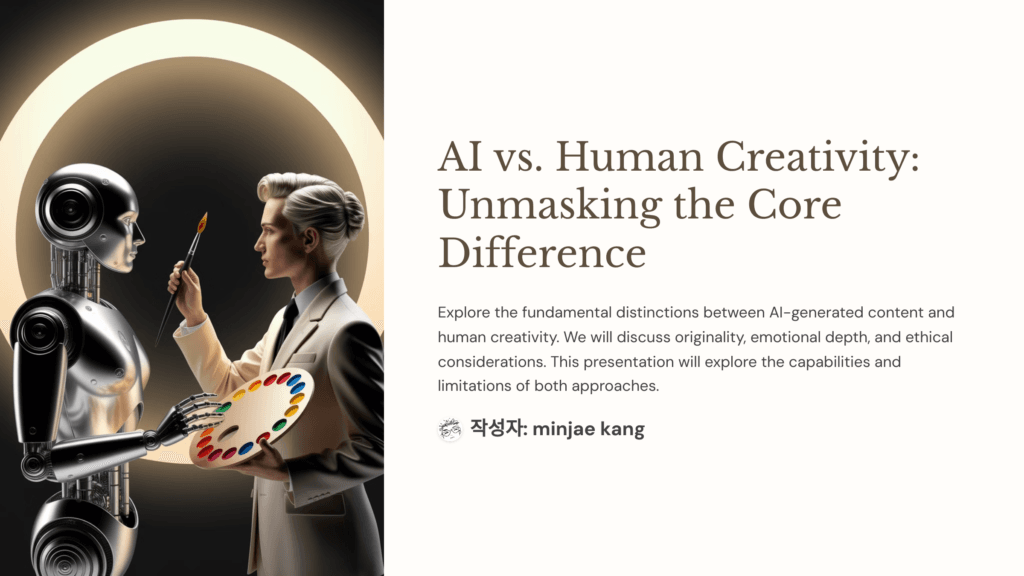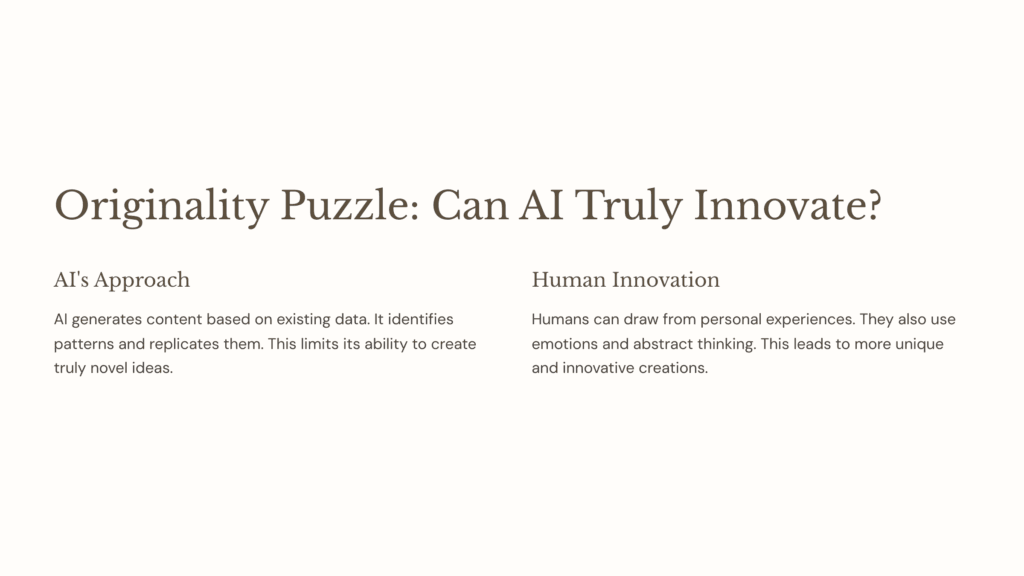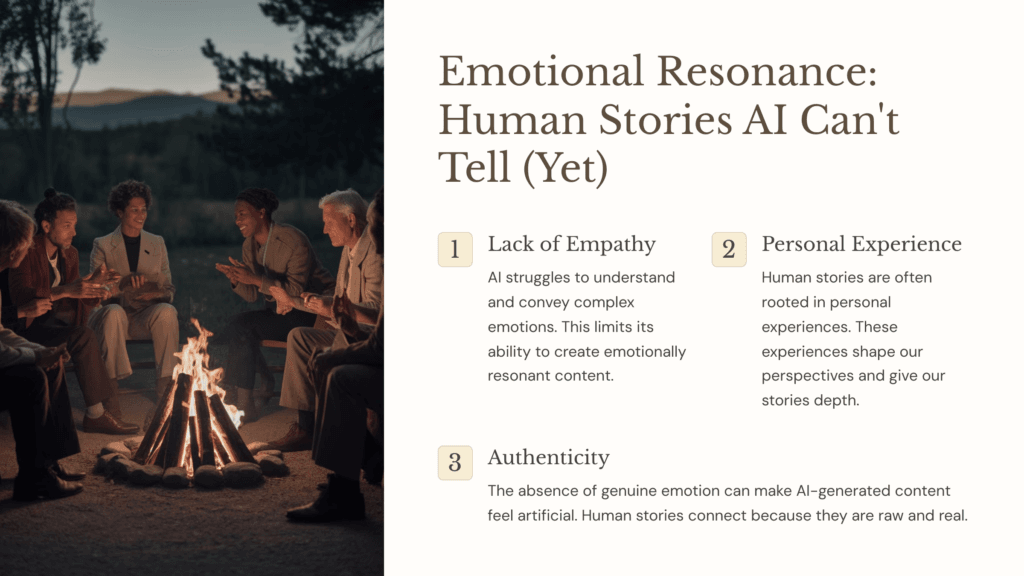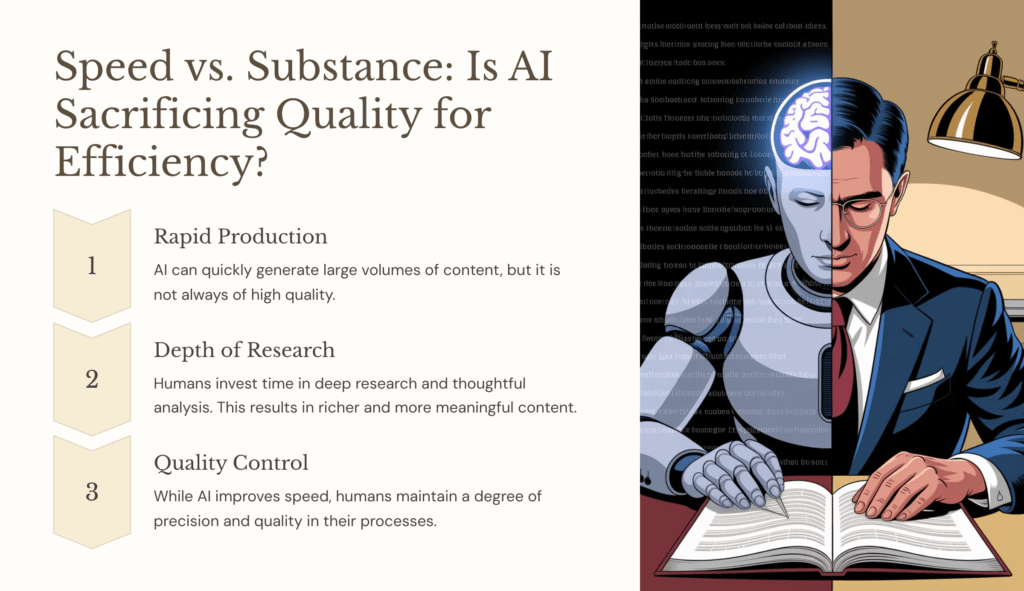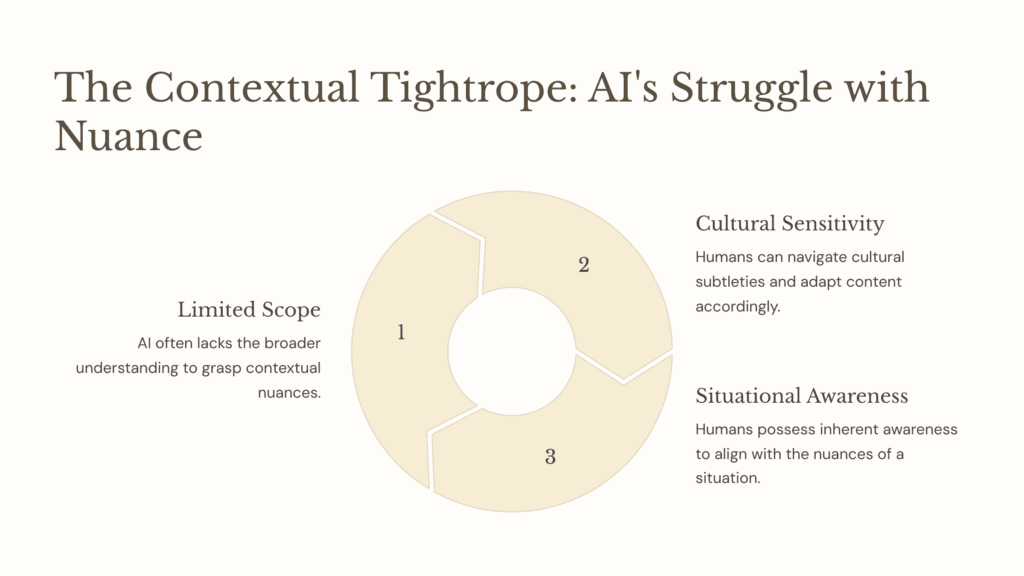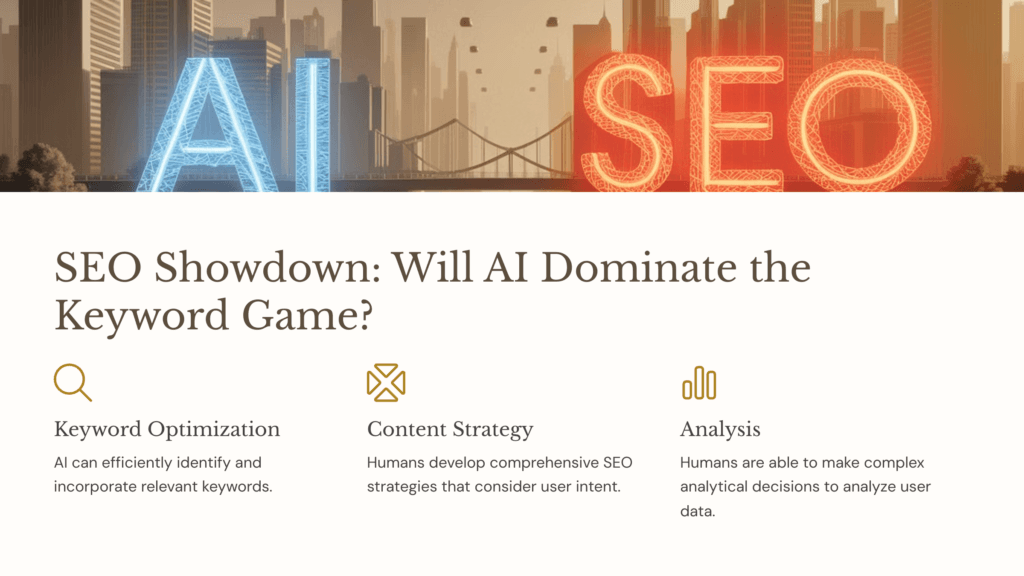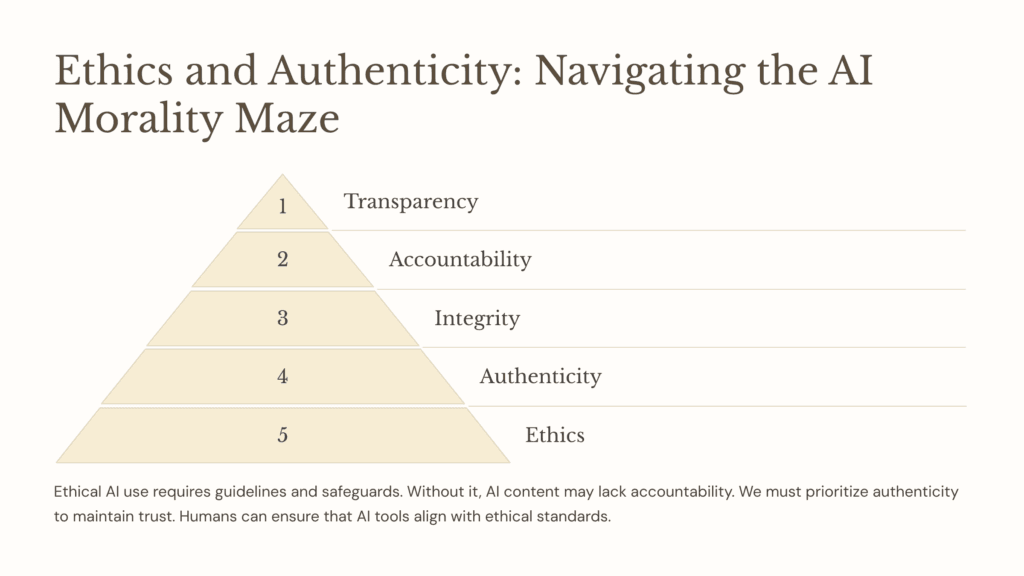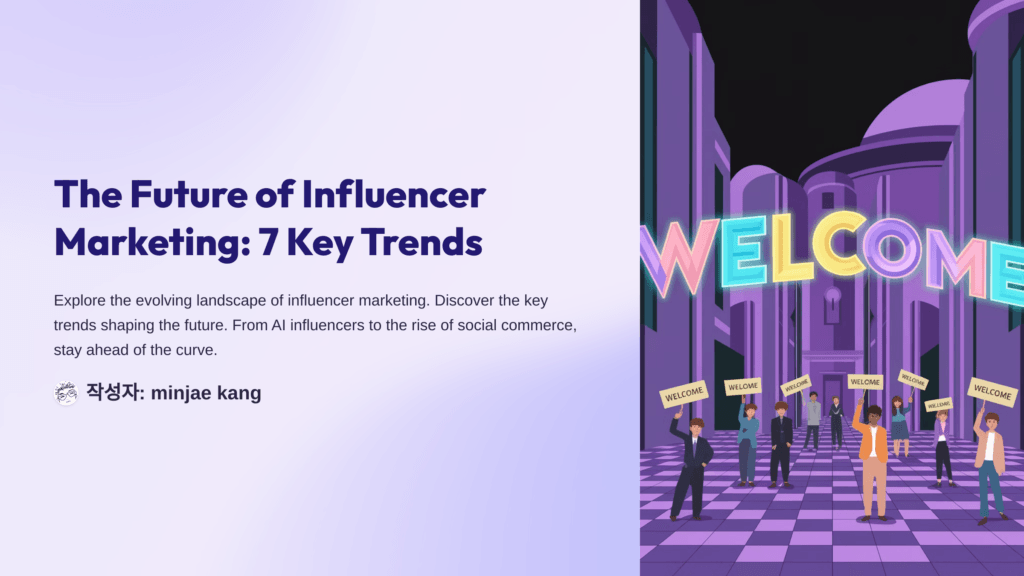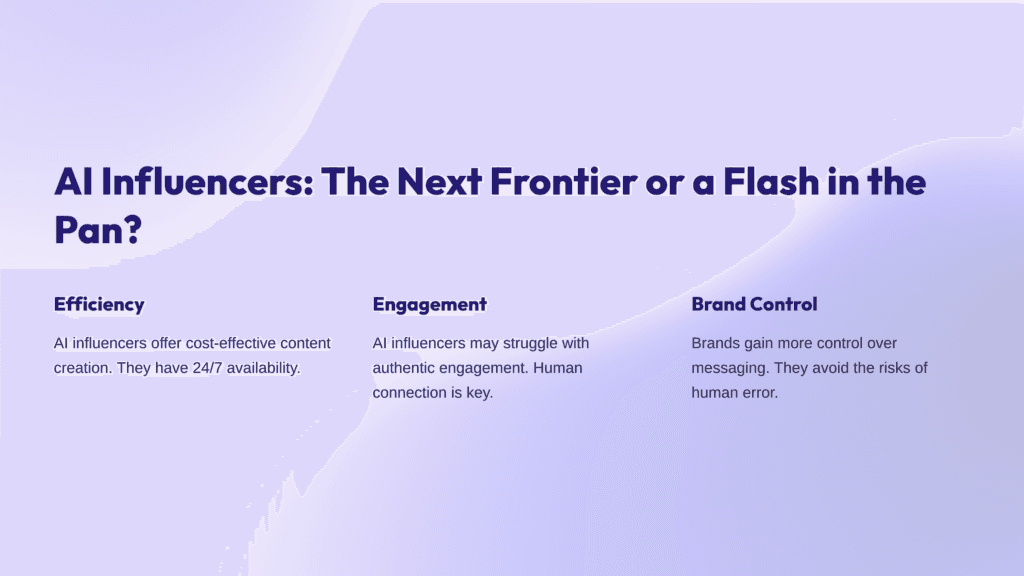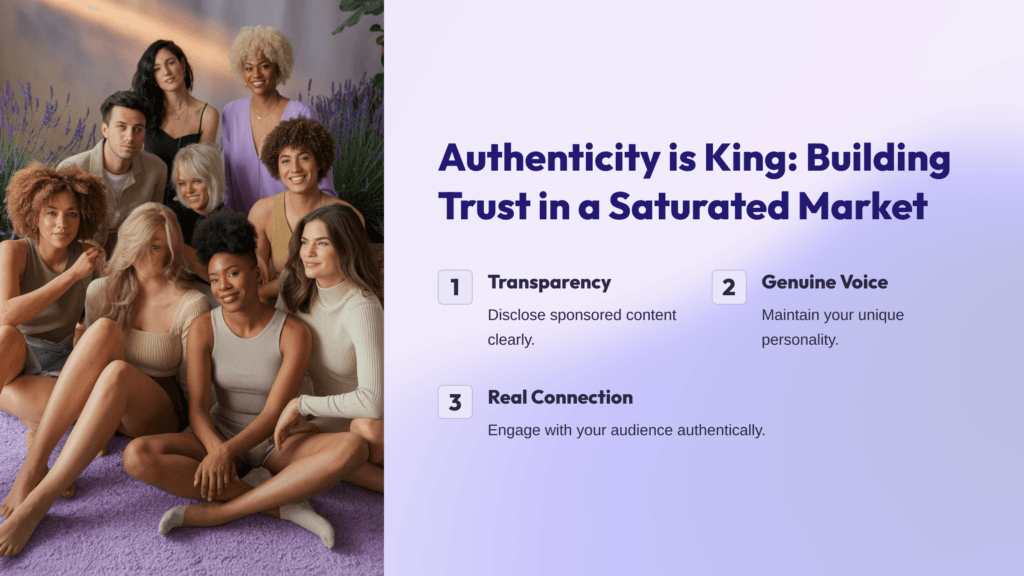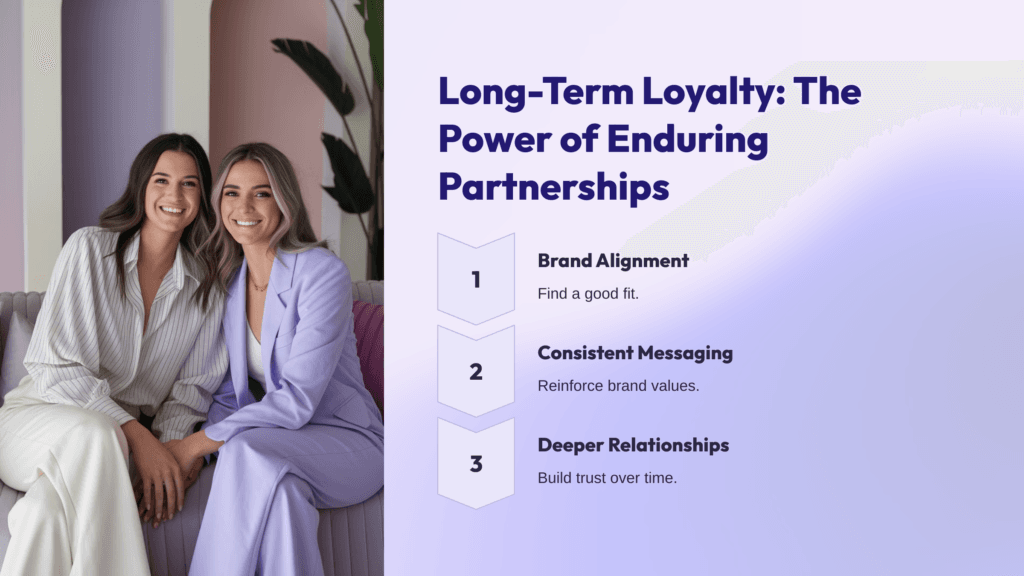
In today’s digital landscape, businesses are constantly seeking innovative ways to engage their audiences, build trust, and drive conversions. One of the most effective strategies is leveraging User-Generated Content for Brand Growth. User-generated content (UGC) refers to any form of content—reviews, testimonials, social media posts, videos, and more—created by customers rather than the brand itself. This type of content not only enhances credibility but also fosters a sense of community around a brand.
Consumers trust peer recommendations more than traditional advertisements, making UGC a powerful tool in shaping brand perception. It serves as authentic proof of customer satisfaction, influencing potential buyers’ decisions. Additionally, UGC helps brands scale their marketing efforts without a significant increase in budget, as users voluntarily share their experiences. Brands that effectively implement UGC strategies see higher engagement, improved brand loyalty, and increased conversion rates.
In this article, we will explore seven ways user-generated content can significantly boost brand growth. From improving social proof to enhancing SEO performance, these strategies will provide actionable insights on integrating UGC into your marketing approach. Let’s dive in.
1. User-Generated Content for Brand Growth Enhances Trust and Credibility
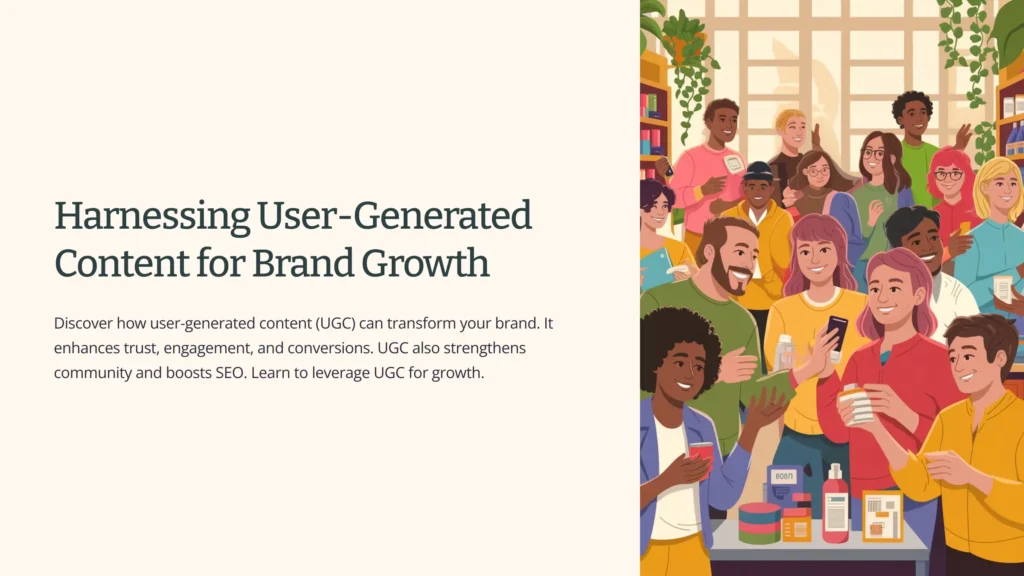
Trust is a fundamental factor in consumer decision-making, and user-generated content acts as an authentic endorsement for your brand. Customers are more likely to trust real users’ opinions over branded advertisements. Reviews, testimonials, and social media posts from actual customers create a sense of transparency and credibility that no marketing campaign can replicate.
For instance, research shows that 93% of consumers say online reviews influence their purchasing decisions. When potential customers see positive feedback from existing users, they feel more confident in their decision to buy. Additionally, UGC allows brands to showcase real-world applications of their products or services, making marketing messages more relatable and persuasive.
Brands can encourage satisfied customers to share their experiences by offering incentives like discounts, exclusive access, or social media shoutouts. This creates a cycle where happy customers generate content that attracts new customers, further fueling brand growth.
🔗 Learn more about building brand credibility with UGC
2. UGC Increases Engagement on Social Media

Social media thrives on engagement, and user-generated content is one of the best ways to spark conversations and interactions. When users share their experiences with your brand, it naturally encourages likes, comments, shares, and mentions. This organic engagement expands your reach and introduces your brand to new audiences.
Brands that effectively integrate UGC into their social media strategy often see higher engagement rates than traditional branded content. For example, campaigns that feature real customer stories or user-submitted photos tend to perform better because they resonate on a personal level. Additionally, platforms like Instagram and TikTok make it easy for brands to showcase user-created content through hashtags and reposts.
To maximize engagement, brands should create branded hashtags, run UGC contests, and actively interact with users who mention them. Recognizing and resharing customer content not only boosts engagement but also strengthens the bond between brands and their communities.
🔗 Discover how to boost social media engagement with UGC
3. User-Generated Content Drives Higher Conversion Rates
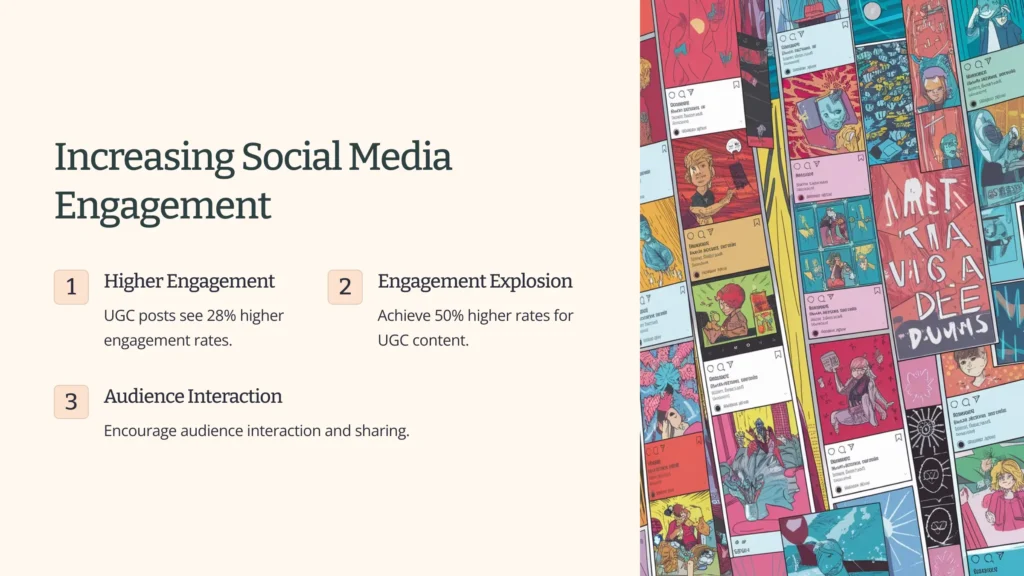
One of the biggest advantages of user-generated content is its impact on conversion rates. Potential buyers are more likely to trust recommendations from real customers rather than traditional ads. UGC serves as a form of social proof that reassures hesitant shoppers and nudges them toward making a purchase.
Studies indicate that websites incorporating customer reviews and testimonials experience a conversion rate increase of up to 161%. Whether it’s an unboxing video, a before-and-after photo, or a detailed product review, user-generated content provides real-life examples of how a product or service works.
Brands can strategically place UGC on product pages, landing pages, and checkout sections to reduce purchase hesitation. Additionally, featuring real customer stories in email campaigns or retargeting ads can significantly improve sales performance.
🔗 Explore strategies to increase conversions using UGC
4. UGC Strengthens Community and Brand Loyalty
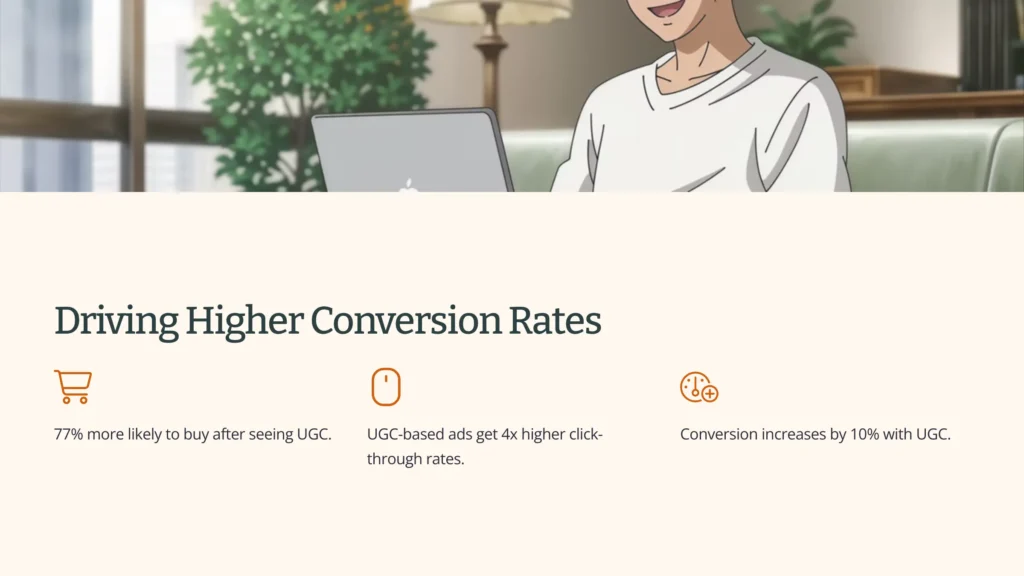
A strong brand community fosters long-term customer loyalty, and user-generated content plays a key role in building that sense of belonging. When customers contribute content, they feel more connected to the brand, transforming them from buyers into advocates.
Encouraging customers to share their experiences, participate in brand challenges, or join exclusive groups increases their emotional investment in your brand. For example, brands like GoPro and Starbucks have successfully built loyal communities by consistently engaging with user-generated content.
Loyal customers who actively create content become brand ambassadors, further amplifying your brand’s reach. Recognizing and rewarding these contributors strengthens their connection to your brand and encourages continued engagement.
🔗 Learn how to build a loyal brand community with UGC
5. UGC Enhances SEO and Online Visibility
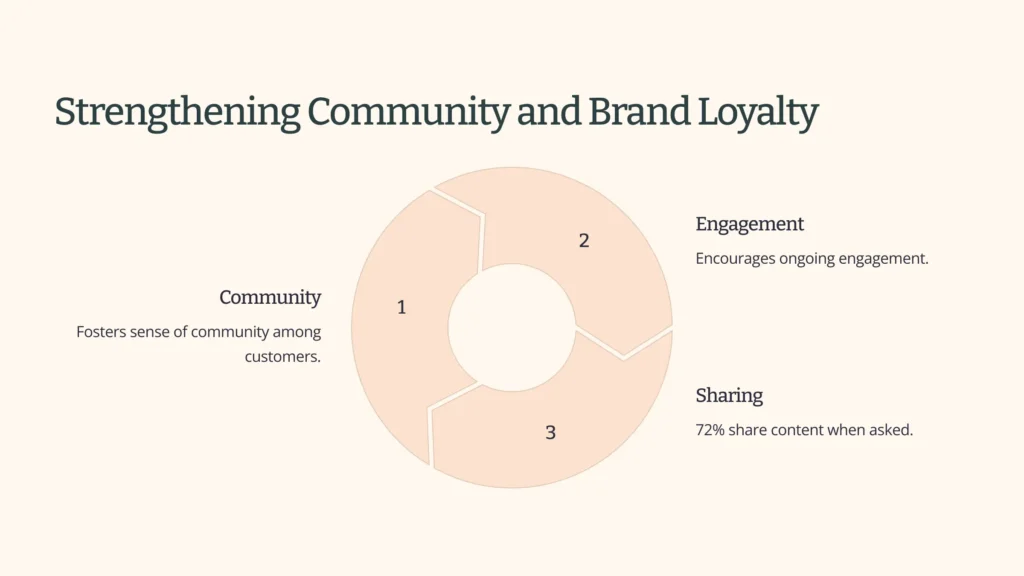
Search engines favor fresh, relevant content, and user-generated content contributes significantly to SEO performance. Customer reviews, testimonials, and social media mentions create continuous content updates, signaling search engines that your brand is active and relevant.
User-generated content also improves keyword rankings, as customers naturally incorporate long-tail keywords and product-related phrases in their reviews and posts. This helps brands rank higher in search results without additional keyword stuffing or paid advertising.
Additionally, UGC increases dwell time and reduces bounce rates, both of which positively impact SEO. Featuring user reviews, Q&A sections, and real customer images on product pages makes the content more engaging and valuable to visitors.
🔗 Boost your SEO with UGC strategies
6. UGC Reduces Content Creation Costs
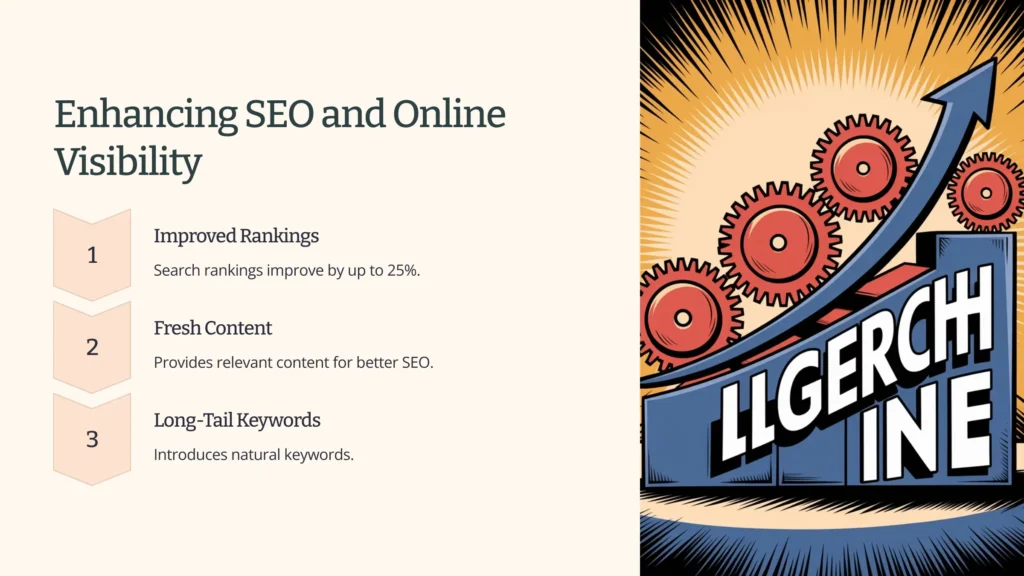
Creating high-quality marketing content can be expensive and time-consuming. However, user-generated content provides a cost-effective solution by leveraging the creativity of your customers. Instead of producing every piece of content in-house, brands can use UGC to supplement their marketing efforts.
For example, instead of hiring professional photographers for a campaign, brands can encourage users to submit their own product photos. This not only saves costs but also results in more authentic and relatable content.
UGC can be repurposed across multiple marketing channels, including social media, email campaigns, and advertisements. By featuring real customer content, brands can maintain a consistent content flow while keeping marketing expenses low.
🔗 Find out how UGC can cut marketing costs
7. UGC Provides Valuable Customer Insights
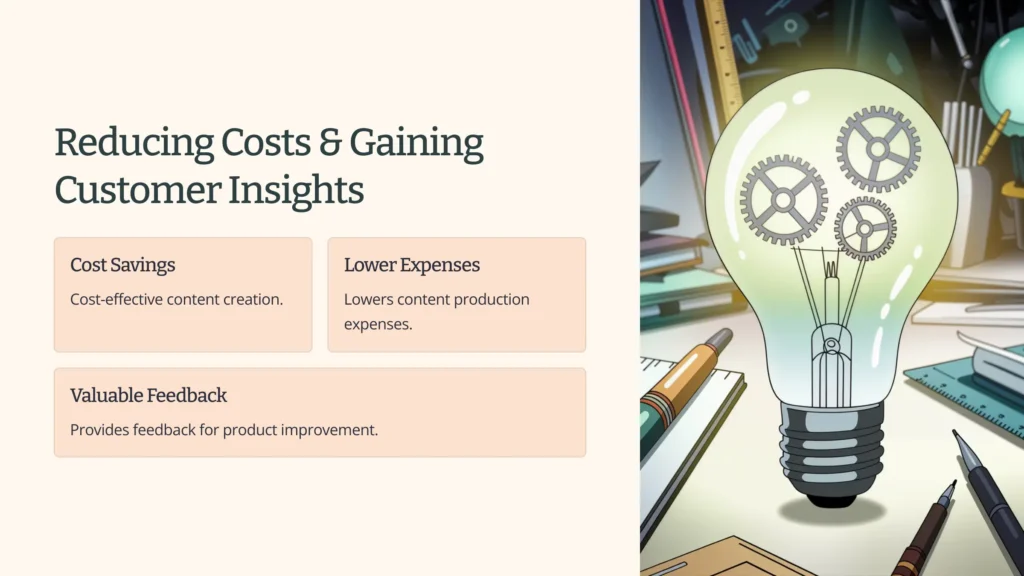
User-generated content is not just a marketing tool—it also serves as a valuable source of customer insights. By analyzing the content customers create, brands can gain a deeper understanding of their preferences, behaviors, and pain points.
Monitoring user-generated content allows businesses to identify trends, improve products, and refine marketing strategies. For example, if multiple customers highlight a specific product feature, brands can emphasize it in their messaging. Likewise, negative feedback can help brands address concerns and enhance customer satisfaction.
By actively engaging with user-generated content and analyzing customer interactions, brands can make data-driven decisions that lead to continuous growth and improvement.
🔗 Leverage UGC for customer insights
Final Thoughts
User-generated content is a game-changer for brands looking to build trust, drive engagement, and increase conversions. By encouraging and leveraging UGC, businesses can create authentic connections with their audience while optimizing their marketing efforts. Whether it’s through social media engagement, SEO enhancement, or cost-effective content creation, the benefits of UGC are undeniable.
Start integrating user-generated content into your brand strategy today and watch your business grow!
FAQs
1. What are some examples of user-generated content?
UGC includes customer reviews, social media posts, unboxing videos, testimonials, blog posts, and branded hashtags.
2. How can brands encourage customers to create UGC?
Brands can create social media challenges, offer incentives, feature user content on their platforms, and engage with their audience regularly.
3. Does UGC really improve conversions?
Yes! Studies show that UGC can increase conversions by up to 161%, as it builds trust and authenticity among potential customers.
4. What platforms are best for leveraging UGC?
Instagram, TikTok, YouTube, and Twitter are some of the most effective platforms for UGC due to their visual and interactive nature.
5. Can UGC improve SEO?
Yes, fresh user-generated content helps with search engine rankings by increasing engagement and adding relevant keywords.
6. How can brands ensure UGC aligns with their brand message?
By setting clear guidelines, curating high-quality submissions, and actively engaging with user-generated content, brands can maintain consistency.
7. Is UGC only for big brands?
No! Small businesses can leverage UGC just as effectively by encouraging customer testimonials, featuring user content, and engaging with their audience.
8. How does UGC compare to influencer marketing?
UGC is often seen as more authentic than influencer marketing because it comes from real customers rather than paid collaborations.
